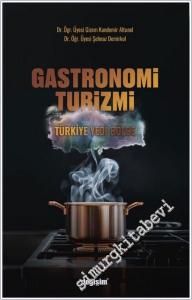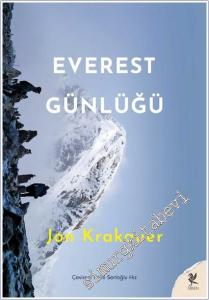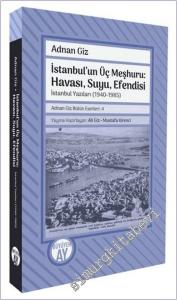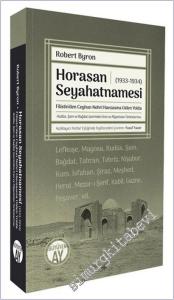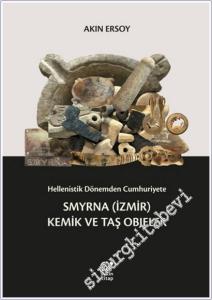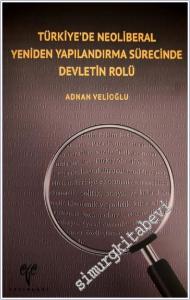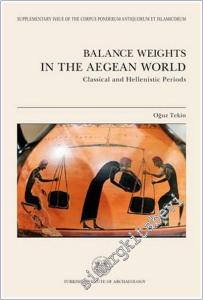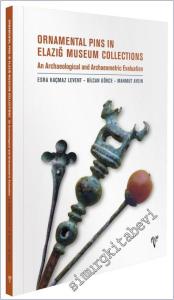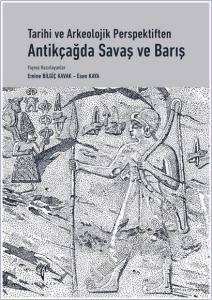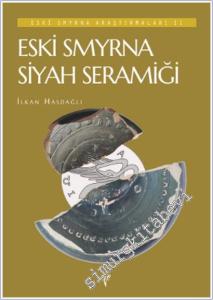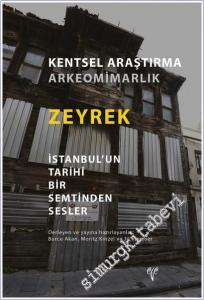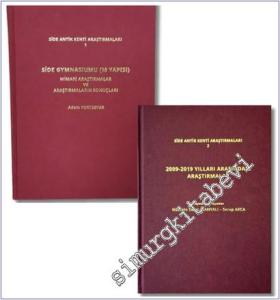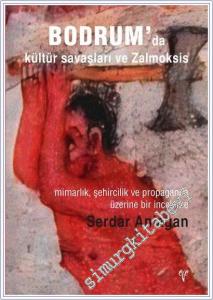#smrgKİTABEVİ Smyrna - İzmir Agora - A Guide Book - 2025
Editör:
Kondisyon:
Yeni
Sunuş / Önsöz / Sonsöz / Giriş:
Dizi Adı:
Rehberler Ve Seyahatnameler
ISBN-10:
6256212039
Kargoya Teslim Süresi (İş Günü):
3&7
Hazırlayan:
Cilt:
Amerikan Cilt
Ciltçi:
Boyut:
12x21
Sayfa Sayısı:
53 s. renkli
Basım Yeri:
İstanbul
Baskı:
1
Basım Tarihi:
2025
Kapak Türü:
Karton Kapak
Kağıt Türü:
1. Hamur
Dili:
İngilizce
Kategori:
indirimli
176,00
Havale/EFT ile:
170,72
Siparişiniz 3&7 iş günü arasında kargoda
1199243018
630259
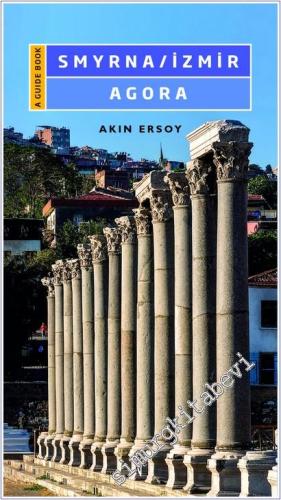
https://www.simurgkitabevi.com/smyrna-izmir-agora-a-guide-book-2025
Smyrna - İzmir Agora - A Guide Book - 2025 #smrgKİTABEVİ
176.00
53 s, renkli fotoğraflar, İngilizce.
Smyrna was founded after Alexander the Great on the slopes and plains between Kadifekale (Acropolis/Pagos) and Kemeralt (Ancient Harbor). The administrative, political, judicial and commercial center of the ancient city was the Smyrna Agora. The agora was surrounded by a square and public buildings that fulflled these functions. The porticos surrounding the square were semi-open spaces with monumental features that provided protection and shelter for people in sunny, rainy, extremely cold and hot weather. The square and the porticos surrounding it were the dwelling plac- es of merchants, bankers and jewelers, where market vendors sold,. art exhibitions were held, manuscripts were sold, orators or those with something to say made speeches, urbanites or visitors to the city used the square as a rendezvous point, where dice games were played to pass the time, and where they chatted . The civil basilica on the northern edge of the square was the city's trade exchange and the ground floor was used as a courtroom. The Agora, which took its present form at the end of the 2nd century AD, preserved its general character until the 7th century AD. The Ago- ra, which was abandoned and deserted until the 10th century, became a Christian cemetery at that period, and then a Muslim cemetery in the 17th century at the latest. In Agora, first archaeological research began in 1932 and the first ex- cavations in 1933, and the excavations conducted at the site are known as one of the first archaeological excavations of the Republic of Turkiye.
Smyrna was founded after Alexander the Great on the slopes and plains between Kadifekale (Acropolis/Pagos) and Kemeralt (Ancient Harbor). The administrative, political, judicial and commercial center of the ancient city was the Smyrna Agora. The agora was surrounded by a square and public buildings that fulflled these functions. The porticos surrounding the square were semi-open spaces with monumental features that provided protection and shelter for people in sunny, rainy, extremely cold and hot weather. The square and the porticos surrounding it were the dwelling plac- es of merchants, bankers and jewelers, where market vendors sold,. art exhibitions were held, manuscripts were sold, orators or those with something to say made speeches, urbanites or visitors to the city used the square as a rendezvous point, where dice games were played to pass the time, and where they chatted . The civil basilica on the northern edge of the square was the city's trade exchange and the ground floor was used as a courtroom. The Agora, which took its present form at the end of the 2nd century AD, preserved its general character until the 7th century AD. The Ago- ra, which was abandoned and deserted until the 10th century, became a Christian cemetery at that period, and then a Muslim cemetery in the 17th century at the latest. In Agora, first archaeological research began in 1932 and the first ex- cavations in 1933, and the excavations conducted at the site are known as one of the first archaeological excavations of the Republic of Turkiye.
53 s, renkli fotoğraflar, İngilizce.
Smyrna was founded after Alexander the Great on the slopes and plains between Kadifekale (Acropolis/Pagos) and Kemeralt (Ancient Harbor). The administrative, political, judicial and commercial center of the ancient city was the Smyrna Agora. The agora was surrounded by a square and public buildings that fulflled these functions. The porticos surrounding the square were semi-open spaces with monumental features that provided protection and shelter for people in sunny, rainy, extremely cold and hot weather. The square and the porticos surrounding it were the dwelling plac- es of merchants, bankers and jewelers, where market vendors sold,. art exhibitions were held, manuscripts were sold, orators or those with something to say made speeches, urbanites or visitors to the city used the square as a rendezvous point, where dice games were played to pass the time, and where they chatted . The civil basilica on the northern edge of the square was the city's trade exchange and the ground floor was used as a courtroom. The Agora, which took its present form at the end of the 2nd century AD, preserved its general character until the 7th century AD. The Ago- ra, which was abandoned and deserted until the 10th century, became a Christian cemetery at that period, and then a Muslim cemetery in the 17th century at the latest. In Agora, first archaeological research began in 1932 and the first ex- cavations in 1933, and the excavations conducted at the site are known as one of the first archaeological excavations of the Republic of Turkiye.
Smyrna was founded after Alexander the Great on the slopes and plains between Kadifekale (Acropolis/Pagos) and Kemeralt (Ancient Harbor). The administrative, political, judicial and commercial center of the ancient city was the Smyrna Agora. The agora was surrounded by a square and public buildings that fulflled these functions. The porticos surrounding the square were semi-open spaces with monumental features that provided protection and shelter for people in sunny, rainy, extremely cold and hot weather. The square and the porticos surrounding it were the dwelling plac- es of merchants, bankers and jewelers, where market vendors sold,. art exhibitions were held, manuscripts were sold, orators or those with something to say made speeches, urbanites or visitors to the city used the square as a rendezvous point, where dice games were played to pass the time, and where they chatted . The civil basilica on the northern edge of the square was the city's trade exchange and the ground floor was used as a courtroom. The Agora, which took its present form at the end of the 2nd century AD, preserved its general character until the 7th century AD. The Ago- ra, which was abandoned and deserted until the 10th century, became a Christian cemetery at that period, and then a Muslim cemetery in the 17th century at the latest. In Agora, first archaeological research began in 1932 and the first ex- cavations in 1933, and the excavations conducted at the site are known as one of the first archaeological excavations of the Republic of Turkiye.
Yorum yaz
Bu kitabı henüz kimse eleştirmemiş.

